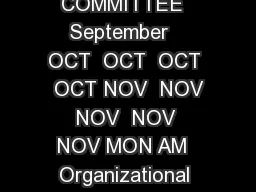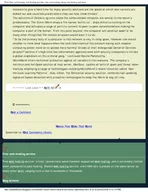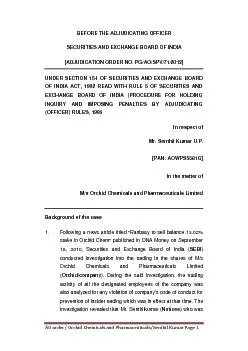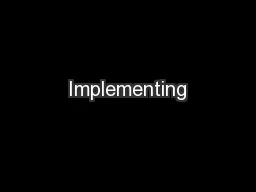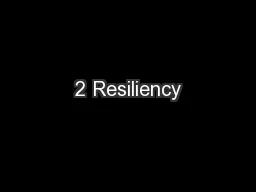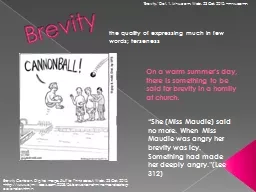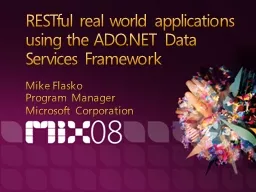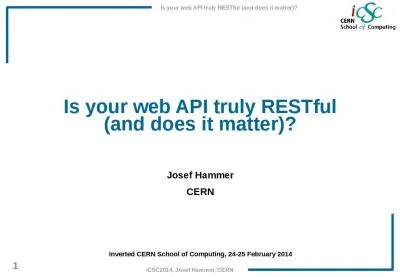
Author : trish-goza | Published Date : 2025-06-23
Description: RESTful Web Services 29Oct2010 by Senthil Chinnaiyan, Senior Architect Chandra Ramachandran, Architect Agenda Part I Introduction What is REST? How does it work? RESTful Architecture REST vs SOAP REST Why and When? Part II JAX-RS JerseyDownload Presentation The PPT/PDF document "" is the property of its rightful owner. Permission is granted to download and print the materials on this website for personal, non-commercial use only, and to display it on your personal computer provided you do not modify the materials and that you retain all copyright notices contained in the materials. By downloading content from our website, you accept the terms of this agreement.
Here is the link to download the presentation.
"RESTful Web Services 29–Oct–2010 by Senthil"The content belongs to its owner. You may download and print it for personal use, without modification, and keep all copyright notices. By downloading, you agree to these terms.
